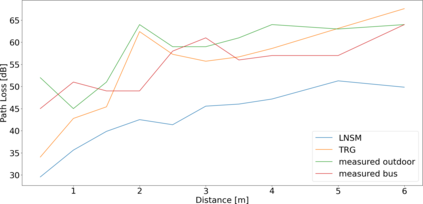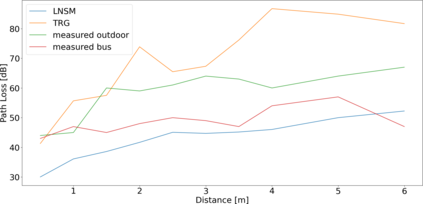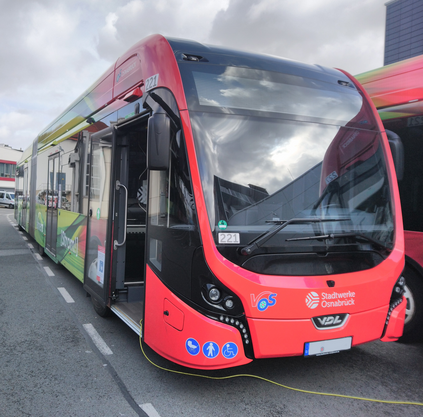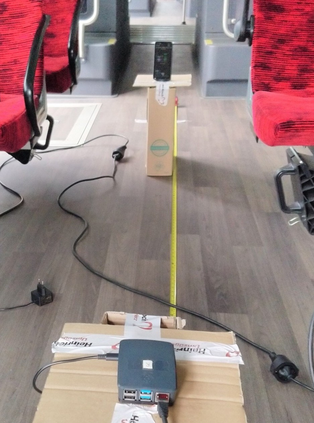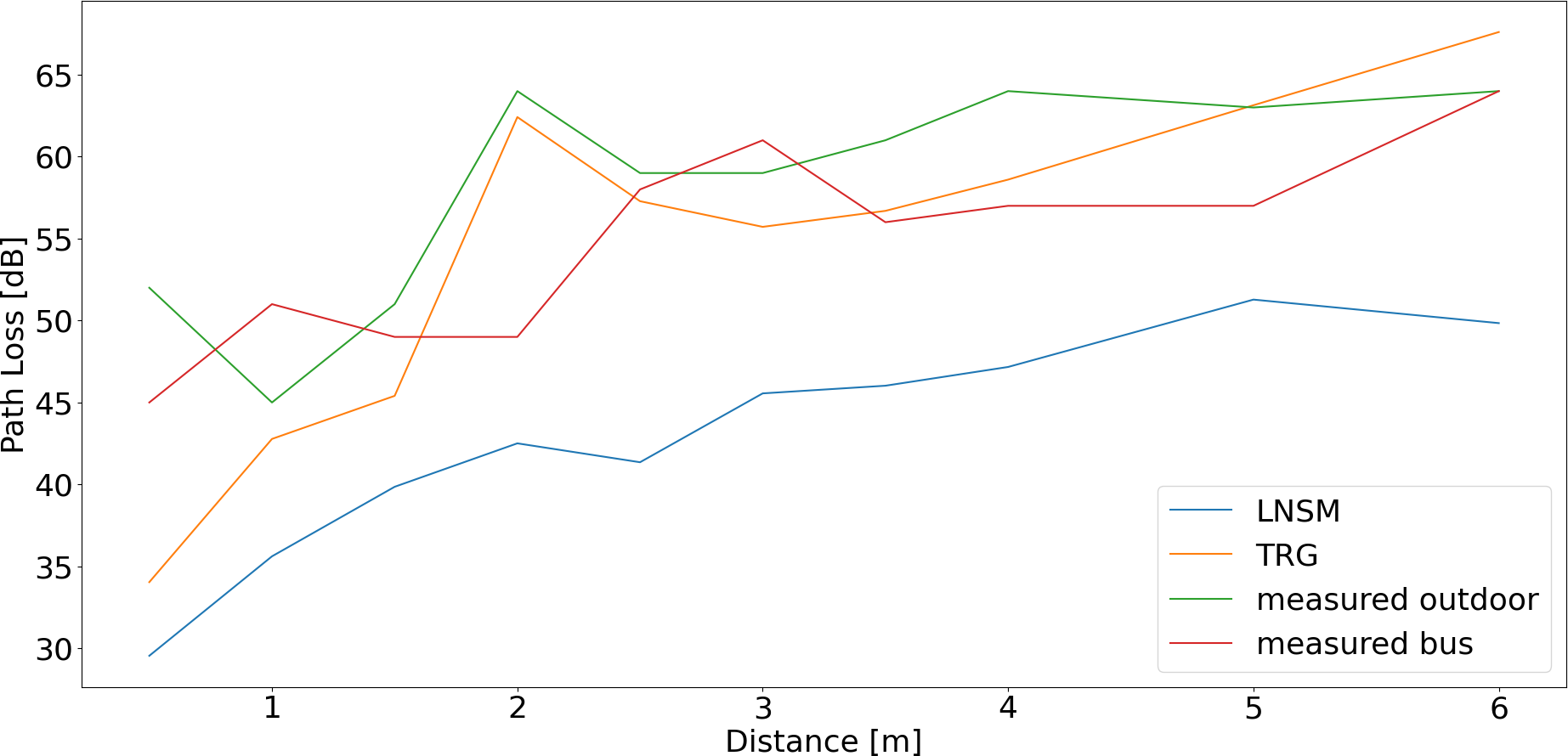Due to the COVID 19 pandemic, smartphone-based proximity tracing systems became of utmost interest. Many of these systems use Bluetooth Low Energy (BLE) signals to estimate the distance between two persons. The quality of this method depends on many factors and, therefore, does not always deliver accurate results. In this paper, we present a multi-channel approach to improve proximity estimation, and a novel, publicly available dataset that contains matched IEEE 802.11 (2.4 GHz and 5 GHz) and BLE signal strength data, measured in four different environments. We have developed and evaluated a combined classification model based on BLE and IEEE 802.11 signals. Our approach significantly improves the distance estimation and consequently also the contact tracing accuracy. We are able to achieve good results with our approach in everyday public transport scenarios. However, in our implementation based on IEEE 802.11 probe requests, we also encountered privacy problems and limitations due to the consistency and interval at which such probes are sent. We discuss these limitations and sketch how our approach could be improved to make it suitable for real-world deployment.
翻译:由于COVID 19大流行,智能手机近距离追踪系统变得极受关注。许多这些系统使用蓝牙低能信号来估计两个人之间的距离。这一方法的质量取决于许多因素,因此并不总是能产生准确的结果。在本文件中,我们提出了一个多渠道方法来改进近距离估计,并提出了一个新颖的、公开的数据集,其中包含在四个不同环境中测量的相匹配的IEEE 802.11(2.4千兆赫和5千兆赫)和差分信号强度数据。我们已经根据BEW和IEEE 802.11信号开发并评价了一个综合分类模型。我们的方法大大改进了距离估计,从而也大大改善了联系追踪的准确性。我们能够在日常公共交通情况下取得良好的效果。然而,在根据IEEE 802.11调查请求实施的过程中,我们还遇到了隐私问题和限制,因为发出这种探测器的时间一致和间隔。我们讨论了这些限制,并描述了我们的方法如何改进,使之适合现实世界的部署。

